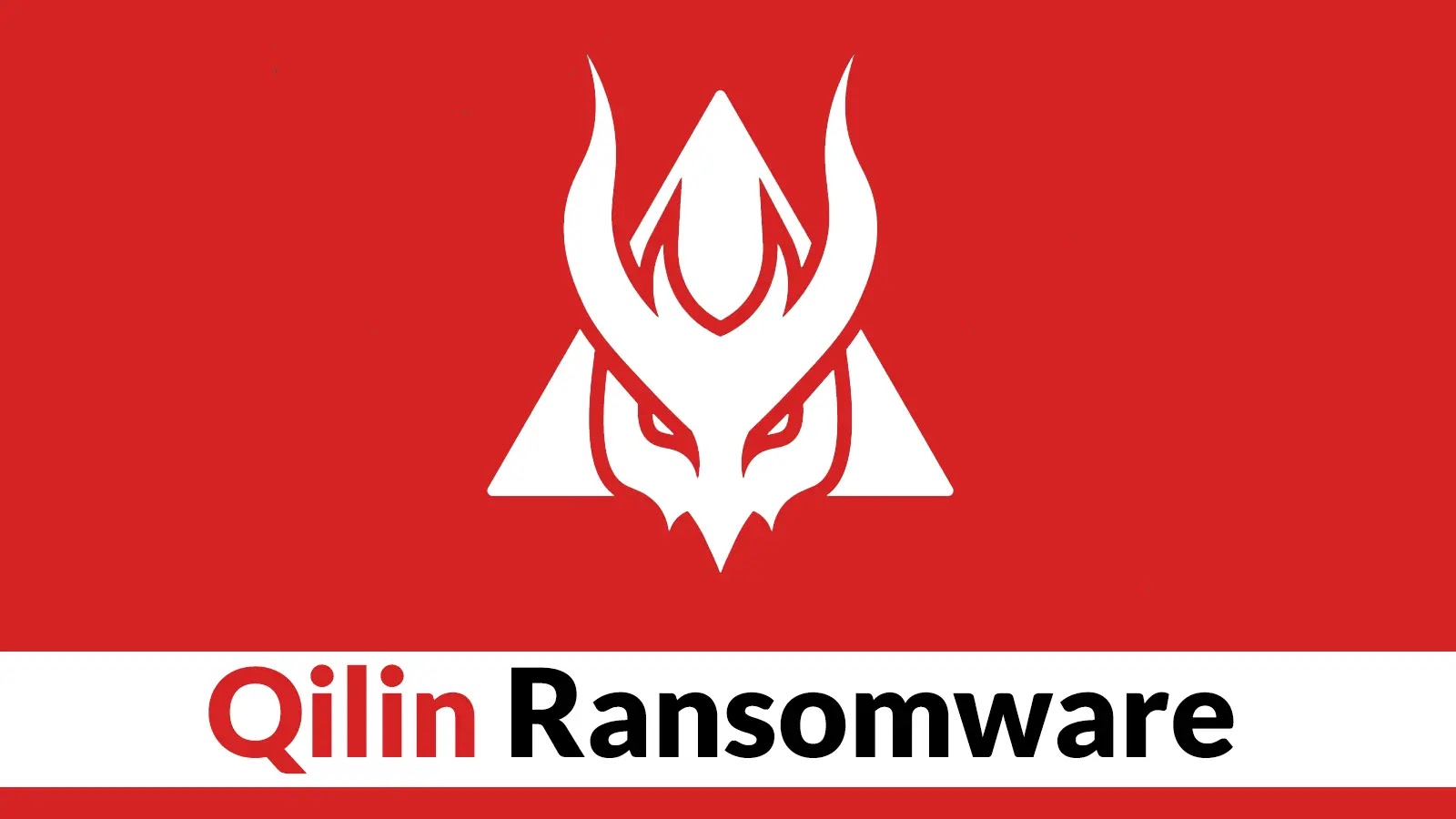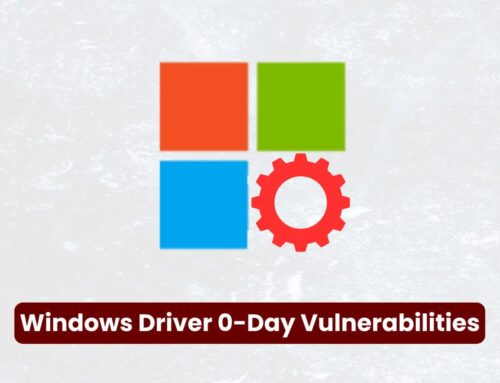
Qilin Ransomware Leverages TPwSav.sys Driver to Disable EDR Security Measures
The Alarming Rise of Qilin Ransomware: Weaponizing Obscure Drivers to Cripple EDR
Endpoint Detection and Response (EDR) systems are the bedrock of modern cybersecurity defenses, designed to detect and neutralize threats before they can inflict significant damage. However, the relentless innovation of cybercriminals means these defenses are constantly challenged. A stark demonstration of this ongoing arms race comes from the Qilin ransomware operation, which has taken its stealth capabilities to a new, concerning level. By weaponizing an obscure, vulnerable Toshiba laptop driver, TPwSav.sys, Qilin ransomware is bypassing robust EDR protections with alarming effectiveness. This development underscores the critical need for organizations to understand the evolving TTPs (Tactics, Techniques, and Procedures) of ransomware gangs and to proactively fortify their defenses against such sophisticated bypass attempts.
Qilin Ransomware’s Evolving Sophistication
First observed in July 2022, Qilin ransomware has steadily escalated its operational maturity. Initially gaining notoriety for its ransomware-as-a-service (RaaS) model and its customizability (offering both Windows and Linux variants), Qilin has now integrated a highly insidious technique into its attack chain. The discovery of its leverage of the TPwSav.sys driver highlights a disturbing trend: adversaries are actively seeking out and weaponizing legitimate, albeit vulnerable, drivers to achieve kernel-level privileges and evade security software. This “Bring Your Own Vulnerable Driver” (BYOVD) approach is a significant challenge for defensive tools that largely operate at a higher privilege level than the kernel.
The TPwSav.sys Vulnerability: A Gateway to EDR Disablement
The core of this new Qilin tactic lies within the TPwSav.sys driver. While specific CVE details for this particular vulnerability in TPwSav.sys were not immediately available during the initial reports, the technique employed involves abusing a legitimate driver to perform malicious actions. Similar vulnerabilities found in other legitimate kernel drivers, often due to improper handling of I/O Request Packets (IRPs) or direct memory access, can allow an attacker to read from and write to arbitrary kernel memory. This capability, once achieved, grants the attacker near-absolute control over the compromised system. In the context of Qilin, this arbitrary write primitive is used to directly disable or bypass EDR components, effectively blinding security teams to the ransomware’s activities.
The method likely involves:
- Loading the vulnerable TPwSav.sys driver onto the target system (if not already present).
- Exploiting the vulnerability within TPwSav.sys to gain kernel read/write primitives.
- Using these kernel primitives to manipulate or unload EDR agent processes responsible for monitoring and protection. This could involve terminating EDR processes, disabling EDR callbacks, or preventing EDR from interacting with critical system components.
- Once EDR is neutralized, Qilin ransomware can proceed with its encryption routine unimpeded, exfiltrating data and encrypting files without triggering alerts.
Remediation Actions and Proactive Defense Strategies
Countering advanced ransomware operations like Qilin requires a multi-layered and proactive security posture. Given the BYOVD tactic, traditional signature-based detection alone is insufficient. Organizations must focus on hardening their endpoints, improving visibility, and implementing robust access controls.
- Driver Whitelisting/Blacklisting: Implement strict policies for driver installation. Utilize solutions that can whitelist approved drivers and block known vulnerable drivers from being loaded, even if they are signed. Regularly review lists of known vulnerable drivers (e.g., in the LIVD – Legitimate Insecure Drivers – database).
- Patch Management: While TPwSav.sys might be an older or less common driver, ensuring all system components, including drivers from third-party hardware vendors, are regularly updated is crucial. Hardware vendors often release updated drivers to fix security flaws.
- Endpoint Hardening: Configure systems with advanced security features like Credential Guard, Device Guard (for application and driver control), Exploit Protection, and Attack Surface Reduction rules within Windows Defender.
- Advanced EDR & XDR Capabilities: Employ EDR/XDR solutions with strong behavioral analysis capabilities that can detect suspicious driver loading, kernel write attempts, or sudden EDR service terminations, even if the initial driver bypass is successful. Focus on solutions that protect their own processes and memory from tampering.
- Least Privilege Principle: Enforce the principle of least privilege for all users and applications. Restricting administrative rights can significantly limit an attacker’s ability to load drivers or make system-wide changes.
- Threat Hunting: Actively hunt for indicators of compromise (IOCs) related to Qilin ransomware and BYOVD techniques. Look for unusual driver installations, kernel memory modification attempts, or disruptions in EDR agent telemetry.
- Regular Backups: Maintain immutable, offsite backups of critical data, isolated from the network. This remains the last line of defense against data loss from successful ransomware attacks.
- Security Awareness Training: Educate employees about phishing, social engineering, and the dangers of executing untrusted files, as initial access often begins with human error.
Tools for Detection and Mitigation
| Tool Name | Purpose | Link |
|---|---|---|
| Microsoft Defender for Endpoint | Advanced EDR with behavioral analysis and Attack Surface Reduction rules. | Official Page |
| CISA’s Known Exploited Vulnerabilities Catalog | Resource for known exploited vulnerabilities. | CISA KEV |
| Driver Signature Enforcement (Windows Feature) | Ensures only signed drivers can be loaded (can be bypassed, but adds a hurdle). | Microsoft Docs |
| Sysmon | Detailed logging of driver loads and process activity for forensic analysis. | Sysinternals |
| VMProtect | Used by some legitimate software for anti-tampering, but also leveraged by malware. Awareness of its use can aid detection. | VMProtect Website |
Conclusion: Staying Ahead of Adversarial Ingenuity
The Qilin ransomware’s adoption of the vulnerable TPwSav.sys driver is a stark reminder that cyber adversaries are continuously innovating. They will exploit any weakness, no matter how obscure, to achieve their objectives. This incident highlights the critical need for security teams to move beyond purely reactive defenses and embrace a proactive, threat-informed approach. By understanding the underlying techniques like BYOVD, adopting robust endpoint hardening measures, and leveraging advanced behavioral analytics, organizations can significantly enhance their resilience against even the most sophisticated ransomware attacks. Vigilance, continuous improvement, and the ability to adapt faster than the attackers are paramount in safeguarding digital assets.





